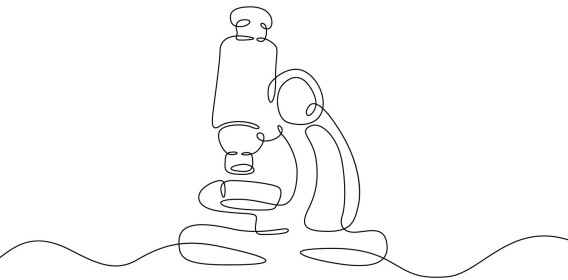
Sound from the Aztec skull whistle: "Extremely aversive and scary"
Researchers have tested how people react to the sound. The whistle may have been used in sacrificial rituals.
A unique whistle has been discovered during excavations of Aztec sites.
The decoration resembles a skull. When you blow on the whistle, it produces a piercing, unsettling sound that resembles a blood-curdling scream.
Some skull whistles – sometimes referred to as death whistles – have been found buried alongisde sacrificed individuals.
However, researchers are uncertain about how the whistles were used or their significance.
In a new study, Sascha Frühholz and colleagues examined how people today respond to the sound. This could provide clues about how the Aztecs used the whistle.
Frühholz is a professor in the Department of Psychology at the University of Oslo.
Stop that sound!
Participants in the study listened to audio recordings of authentic skull whistles and handmade replicas.
“People perceived the sound as extremely aversive and scary,” says Frühholz.
You can listen below:
Imitation of skull whistle played with high air pressure 1.
Imitation of skull whistle played with high air pressure 2.
Original skull whistle.
The researchers compared the whistle sound with over 2,500 other sounds. These included sounds from humans, animals, tools, music, and more.
The researchers had participants listen to a random selection of the sounds and evaluate them.
The sound from the skull whistles was most often interpreted as a scream and as a mix of something human and artificial.
The sounds affected participants in a similar way to a siren or human sounds associated with fear, pain, or anger.
“People disliked the harsh and piercing sound quality. This is similar to other natural sounds that are unpleasant, like a scream or chalk on a blackboard. Typically, we humans want sounds like that to stop,” says Frühholz.
Might have represented a god of death or wind
Skull whistles are constructed in a special way that can create sounds resembling wind or hissing, or screams when blown into with more force.
The whistles are typically three to five centimetres long, made of clay, and dated to between 1250 and 1521 CE.
The skull whistles feature a design resembling a skull. One theory is that the design references Mictlantecuhtli, Aztec god of the underworld.
It is also possible that the sound represents Ehecatl, the Aztec god of wind.

Ehecatl is said to have travelled to the underworld to retrieve bones from previous ages of the world to create humanity, according to the study.
Another connection could be the fifth level of the underworld, where the sacrificed were believed to go, which is described as being filled with deadly wind and sharp objects.
The sound of the whistle may therefore have held symbolic meaning during sacrificial rituals.
Another hypothesis is that the whistles may have been used in connection with warfare, simply to scare enemies.
Studied response in the brain
The researchers examined the response in the brain of 32 volunteers who listened to various sounds, including skull whistles.
“We found two things. First, the whistle sound triggers brain mechanisms that indicate a strong emotional reaction in listeners,” says Frühholz.
The basic mechanisms of affective responses to scary sounds are common to humans from all historical contexts, including from Aztec cultures, he says.
“Second, we found brain activity indicating that people also had mental associations with the Aztec skull whistle sound. Many participants in our experiments told us that the sound evokes mental images because it has ‘mystical’ connotations,” he says.
This involves mental processing on a more symbolic level, says Frühholz. It may have been the Aztecs' intention to create a connection to another being, perhaps a god, represented through the sound.

Significance in sacrificial rituals
The researchers suggest that the Aztecs may have used the frightening and unsettling sound of the whistle on special occasions, such as during sacrifices or in times of war.
The sound may also have held symbolic meaning. In that case, it seems most likely that the whistle was used in connection with human sacrifices or ceremonies related to death, the researchers believe.
“The whistle might have been used to create a certain atmosphere during the ceremonies, but it could also have been directed at the victim," says Frühholz.
The symbolic meaning could have represented the eerie and perilous journey into the underworld.
“The sound may have been used in a way to comfort or prepare the victim. This might also explain why many sacrificial skeletons have been found buried alongside whistles. These grave goods could have helped the dead on their journey to the underworld,” says Frühholz.
He adds that this, of course, is pure speculation.
"But it aligns with the evidence we have so far," he says.
Reference:
Sascha Frühholz et.al.: Psychoacoustic and Archeoacoustic nature of ancient Aztec skull whistles. Communications Psychology, 2024. Doi.org/10.1038/s44271-024-00157-7
———
Translated by Ingrid P. Nuse
Read the Norwegian version of this article on forskning.no
Related content:

Subscribe to our newsletter
The latest news from Science Norway, sent twice a week and completely free.






































